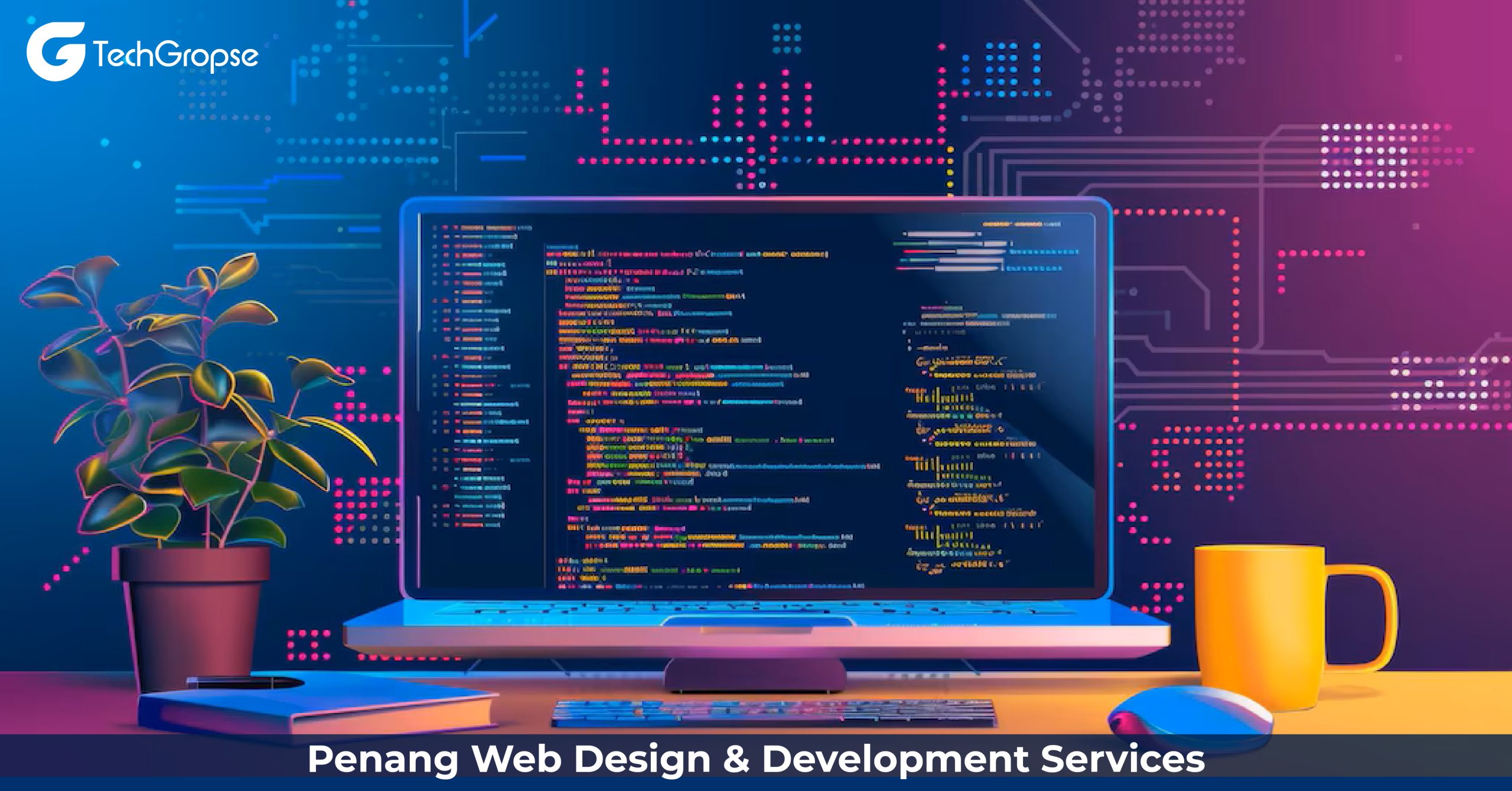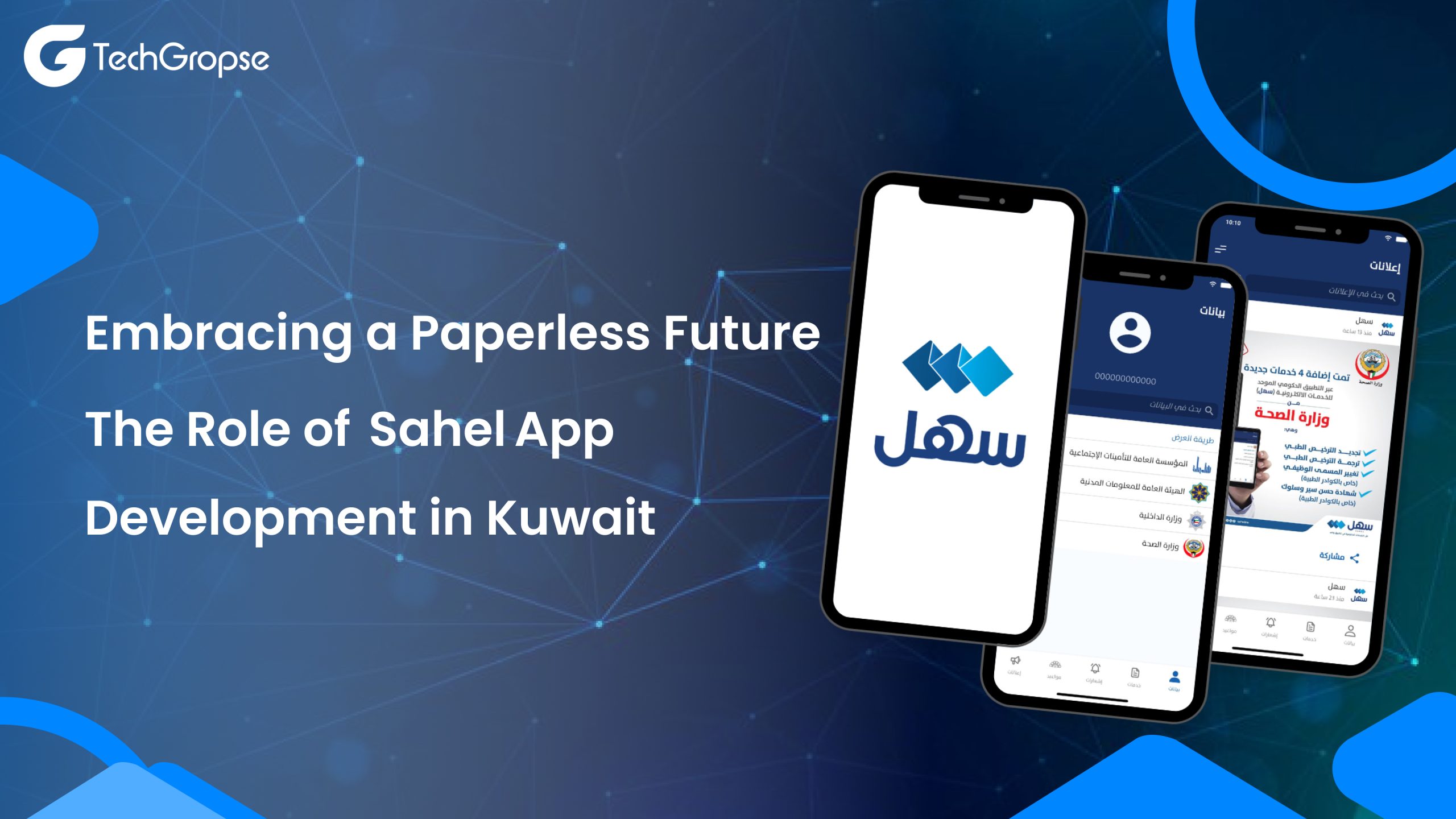What is a Penang Web Design and Development Company?
A Web development and Web Design Company in Penang specialises in creating and maintaining websites and web applications. These companies provide a comprehensive range of services, including web design, web development, e-commerce solutions, content management systems, and search engine optimization (SEO).
The process typically begins with understanding the client’s business goals and target audience, followed by the creation of visually appealing and user-friendly website designs. Web designers focus on the layout, colour schemes, typography, and overall design to ensure the website is engaging and reflective of the client’s brand identity.
Once the design is approved, web developers bring the design to life using various programming languages and technologies such as HTML, CSS, JavaScript, and frameworks like React or Angular. They ensure the website is responsive, meaning it works well on different devices and screen sizes, and integrate functionalities such as contact forms, user authentication, and payment gateways for e-commerce sites.
Additionally, these companies offer ongoing support and maintenance services to keep the website updated, secure, and optimised for performance. A key aspect of their work involves SEO, which helps improve the website’s visibility on search engines, driving more organic traffic. By combining creative design with technical expertise, web design and development companies play a crucial role in helping businesses establish a strong online presence, engage with their audience, and achieve their digital marketing objectives.
What Does a Penang Mobile App Development and Design Company Do?
A web design and development company specialises in creating and maintaining websites and web applications that fulfil the needs of businesses and individuals. These Web development companies in Penang provide a range of services, starting with the initial concept and design phase, where they work closely with clients to understand their vision, goals, and target audience.
This phase involves creating wireframes and mockups to visualise the layout and user experience of the website. Once the design is approved, the development phase begins, where skilled developers use various programming languages and frameworks to build the website’s functionality and features. This includes everything from front-end development, which deals with the visual aspects and user interface, to back-end development, which handles the server-side logic and database interactions.
By combining creativity, technical expertise, and a deep understanding of user behaviour, web design and development companies play a pivotal role in establishing and enhancing an online presence that engages and converts visitors into loyal customers. They may also offer additional services like content management, e-commerce solutions, and digital marketing to help clients achieve their business objectives.
What Does The Web Design and Development Services Include?
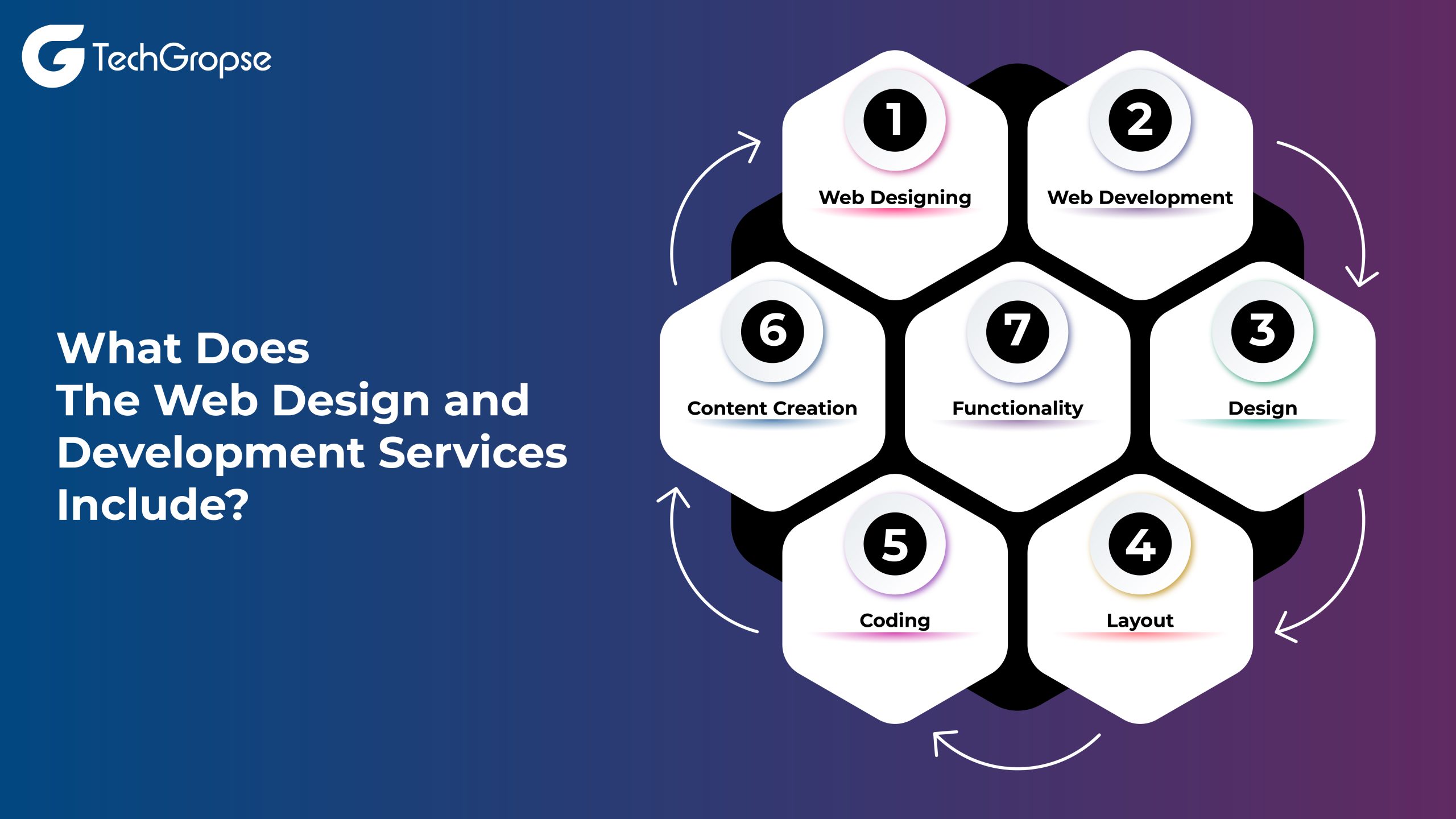
Web Designing
Web designing is the most important aspect of creating an engaging and effective online presence. It involves crafting the visual aesthetics and user interface of a website, ensuring it is visually appealing and easy to navigate. This process includes selecting colour schemes, typography, and images that reflect the brand’s identity.
Web designers also focus on creating a responsive design that adapts to various devices and screen sizes, enhancing user experience across platforms. Ultimately, a well-designed website captures visitors’ attention and encourages them to explore further.
Web Development
The Penang mobile app development encompasses the technical aspects of building a website, transforming designs into functional web pages. This involves using programming languages like HTML, CSS, and JavaScript to create the site’s structure, style, and interactive features. Developers ensure the website is optimised for performance, security, and accessibility.
They also integrate back-end systems, such as databases and servers, to manage data and user interactions. By combining technical expertise with design, web development brings the digital vision to life.
Design
Design in web development refers to the overall look and feel of a website. It includes the selection of colours, fonts, images, and graphical elements to create a visually cohesive and appealing interface.
Good design enhances user experience by making navigation intuitive and content easily accessible. It also involves ensuring the website is responsive and performs well across different devices and browsers. Effective design is critical in making a strong first impression and retaining visitors.
Layout
Layout is the arrangement of visual elements on a web page, determining how content is displayed and navigated. A well-planned layout guides users through the website seamlessly, highlighting important information and ensuring a logical flow. It involves organising text, images, videos, and other media in a way that is both aesthetically pleasing and functional. A good layout enhances readability, user engagement, and overall usability of the site.
Coding
Coding is the backbone of web development, involving the use of programming languages to create the website’s structure and functionality. This includes writing HTML for content structure, CSS for styling, and JavaScript for interactivity. Coding ensures that the website performs efficiently, loads quickly, and is accessible to all users. It also involves debugging and testing to fix any issues and optimise the site’s performance. Proficient coding is essential for a robust and reliable website.
Content Creation
Content creation involves producing high-quality, relevant, and engaging material for a website. This includes writing text, creating images, videos, and other multimedia elements that communicate the brand’s message and value proposition. Effective content is tailored to the target audience and optimised for search engines (SEO) to improve visibility. It plays a vital role in attracting visitors, providing them with valuable information, and encouraging them to take action, such as making a purchase or contacting the business.
Functionality
Functionality refers to the interactive elements of a website that enhance user experience and achieve business goals. This includes features like forms, search bars, shopping carts, and user authentication systems. Functional elements must work seamlessly across different devices and browsers, ensuring users can perform desired actions without any issues. High functionality is crucial for a website’s usability, directly impacting user satisfaction and conversion rates.
How Does a Company Develop a Website?
A Penang mobile app development involves several key stages, starting with the planning phase. This is where the company identifies the website’s purpose, target audience, and main features. Detailed requirements and goals are established to ensure the site meets user needs and business objectives.
Next, the design phase begins, involving the creation of wireframes and mockups to outline the website’s layout and visual elements. This stage focuses on user experience and interface design, ensuring the site is both aesthetically pleasing and easy to navigate. Once the design is approved, the development phase starts. This involves coding the website using various programming languages and technologies, such as HTML, CSS, JavaScript, and more.
Developers create the front-end (user-facing part) and back-end (server-side part) of the site, ensuring it functions smoothly and efficiently. After development, the website undergoes thorough testing to identify and fix any bugs or issues. This includes usability testing, performance testing, and security testing.
Once the site is fully functional and error-free, it is deployed to a live server, making it accessible to users. Post-launch, companies often engage in continuous monitoring and maintenance to keep the website updated, secure, and running optimally.
What is The Process Used In Developing a Website?
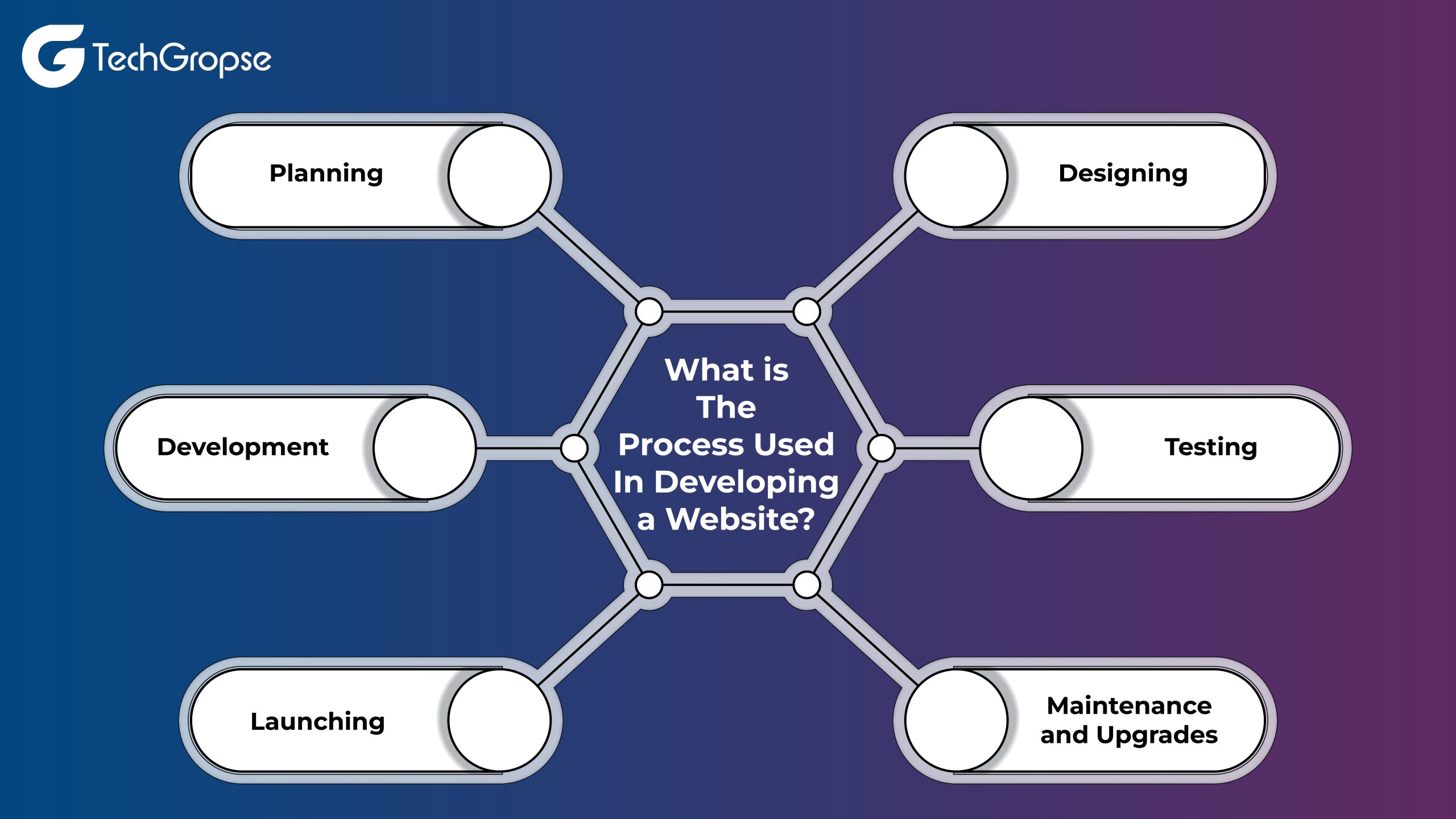
Planning
The planning phase involves defining the website’s purpose, target audience, and key objectives. Companies gather requirements, conduct market research, and create a project roadmap. This stage includes setting timelines, budget estimates, and establishing the site’s structure and content strategy. Effective planning ensures all stakeholders are aligned and lays the foundation for a successful website development process, addressing user needs and business goals comprehensively.
Designing
In the designing phase, the focus is on creating the visual and interactive aspects of the website. Designers develop wireframes and mockups to establish the site’s layout, colour scheme, typography, and overall aesthetics. User experience (UX) and user interface (UI) design principles are applied to ensure the site is intuitive and engaging. This phase culminates in detailed design prototypes, ready for client approval before moving into development.
Development
The development phase involves transforming the approved designs into a fully functional website. Front-end developers code the user interface using HTML, CSS, and JavaScript, while back-end developers handle server-side logic, databases, and application integration. This stage requires close collaboration to ensure all features work seamlessly together. Developers perform regular checks and integrate content to build a cohesive and operational website.
Testing
During the testing phase, the website undergoes rigorous evaluation to identify and fix any issues. This includes functional testing to ensure all features work correctly, usability testing to guarantee a smooth user experience, and performance testing to check loading times and responsiveness. Security testing is also conducted to protect against vulnerabilities. Thorough testing ensures a high-quality, reliable website before launch.
Launching
Launching involves deploying the completed website to a live server, making it accessible to users. This phase includes final checks and optimizations to ensure everything runs smoothly. Companies often coordinate the launch with marketing activities to maximise visibility and impact. A successful launch means the website is live, functional, and ready to serve its intended audience.
Maintenance and Upgrades
Post-launch, maintenance and upgrades are essential to keep the website running optimally. This involves regular updates to content, security patches, and performance improvements. Companies monitor the site for issues, make necessary adjustments, and implement new features based on user feedback and evolving business needs. Ongoing maintenance ensures the website remains relevant, secure, and effective over time.
Also read : https://www.techgropse.com/mobile-app-development-company-atlanta
How Does Having a Website Help With Your Business?
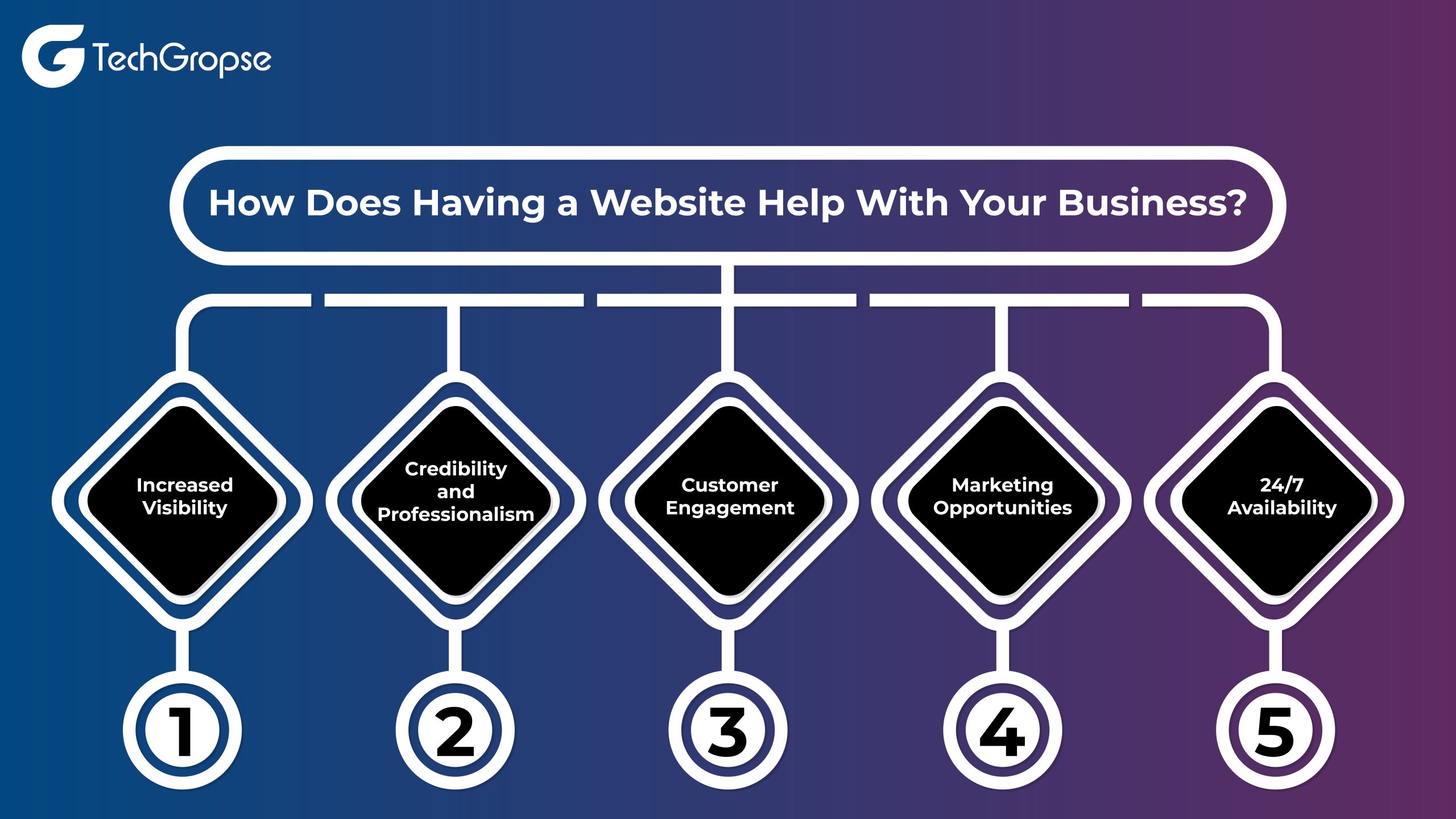
Increased Visibility
A website enhances your business’s online presence, making it easier for potential customers to find you through search engines. This increased visibility attracts a wider audience, driving more traffic to your business and expanding your reach beyond local boundaries.
Credibility and Professionalism
A well-designed website establishes your business as credible and professional. It provides customers with essential information about your products or services, showcasing your expertise and building trust. A professional online presence can differentiate you from competitors and attract more clients.
Customer Engagement
Websites offer various tools for customer engagement, such as contact forms, chatbots, and social media integration. These features enable direct communication with your audience, allowing you to respond to inquiries, gather feedback, and build stronger relationships with your customers.
Marketing Opportunities
A website serves as a platform for various marketing strategies, including content marketing, SEO, and email campaigns. It allows you to showcase your offerings, share updates, and promote special deals, enhancing your marketing efforts and driving more sales and conversions.
24/7 Availability
Unlike a physical store, a website is accessible 24/7, providing customers with information and the ability to make purchases at any time. This constant availability caters to different time zones and schedules, increasing the potential for sales and customer satisfaction.
Insightful : https://www.techgropse.com/mobile-app-development-company-chicago
Factors To Consider While Choosing Website Company
Experiences
Experience is crucial when selecting a website company. Look for a team with a proven track record in developing websites similar to what you need. Experienced companies bring valuable insights, avoid common pitfalls, and deliver robust solutions. Their portfolio should showcase diverse projects, indicating their ability to handle various challenges and industries. A company with extensive experience is likely to provide higher quality and more reliable service.
Flexibility
Flexibility is essential in a website company, as it ensures they can adapt to your specific needs and changes during the project. A flexible team can accommodate revisions, scale projects, and integrate new technologies without disrupting progress. This adaptability leads to a more tailored and efficient development process, ensuring the final product aligns closely with your vision and requirements.
On Time Delivery
On-time delivery is a critical factor when choosing a website company. Reliable companies set realistic deadlines and consistently meet them, ensuring your project stays on schedule. Timely delivery is indicative of effective project management and dedication to client satisfaction. It helps avoid delays in launching your website, which can impact your business operations and marketing plans.
Quality Projects
Quality projects are a hallmark of a reputable website company. Review their portfolio for examples of high-quality, well-designed, and functional websites. Quality encompasses both visual appeal and technical performance, including user experience, responsiveness, and loading times. A company that consistently delivers top-notch projects demonstrates their commitment to excellence and ability to meet high standards.
Marketing Services
Marketing services can enhance the value provided by a website company. Integrated marketing strategies, such as SEO, content marketing, and social media management, help drive traffic and improve online visibility. A company offering these services can ensure your website is not only well-designed but also optimised for attracting and retaining users, ultimately supporting your business growth.
Professionalism
Professionalism is vital when working with a website company. This includes clear communication, transparent processes, and ethical practices. A professional team respects deadlines, provides accurate estimates, and maintains a collaborative approach. Their conduct reflects their commitment to delivering a positive client experience and high-quality results, fostering trust and long-term relationships.
Check On Analytics and Conversions
Checking on analytics and conversions is essential to gauge a website’s performance. A competent website company should offer tools and strategies to monitor these metrics, helping you understand user behaviour and the effectiveness of your site. Analysing this data allows for informed decisions to optimise user experience, improve conversion rates, and achieve your business goals.
Easy Access to Communication
Easy access to communication is crucial for a smooth project process. Choose a website company that offers multiple channels of communication and ensures responsiveness. Regular updates, prompt feedback, and open dialogue facilitate collaboration, address concerns swiftly, and keep the project on track. Effective communication builds trust and ensures that your vision is accurately translated into the final product.
Conclusion
TechGropse is a Penang Web Design & Development company providing Services and delivering exceptional digital solutions tailored to your business needs. With a focus on creativity, functionality, and user experience, our expert team ensures your website stands out in the competitive market. From initial planning to post-launch support, we provide comprehensive services to drive your online success. Partner with us to transform your digital presence and achieve your business goals.

FAQs
What services do you offer for web design and development?
We offer comprehensive web design and development services, including custom website design, responsive web development, e-commerce solutions, content management systems (CMS), SEO optimization, and ongoing maintenance. Our team ensures your website is visually appealing, user-friendly, and fully functional.
How long does it take to develop a website?
The timeline for developing a website varies based on complexity and specific requirements. Typically, a standard website takes 4-8 weeks from initial planning to launch. More complex projects may require additional time for detailed design, development, and testing phases.
Do you provide ongoing website maintenance?
Yes, we offer ongoing website maintenance services to ensure your site remains updated, secure, and performing optimally. Our maintenance packages include regular updates, security checks, performance enhancements, and content management, allowing you to focus on your business while we handle the technical aspects.
Can you help improve my website’s SEO?
Absolutely! Our team provides SEO optimization services to enhance your website’s visibility on search engines. We conduct keyword research, optimise on-page elements, improve site speed, and implement best practices to increase organic traffic and improve search engine rankings.
How much does it cost to develop a website?
The cost of developing a website depends on its complexity, features, and specific requirements. We offer competitive pricing tailored to your needs, with detailed quotes provided after an initial consultation. Our goal is to deliver high-quality websites that fit within your budget.

Hello All,
Aman Mishra has years of experience in the IT industry. His passion for helping people in all aspects of mobile app development. Therefore, He write several blogs that help the readers to get the appropriate information about mobile app development trends, technology, and many other aspects.In addition to providing mobile app development services in USA, he also provides maintenance & support services for businesses of all sizes. He tried to solve all their readers’ queries and ensure that the given information would be helpful for them.






